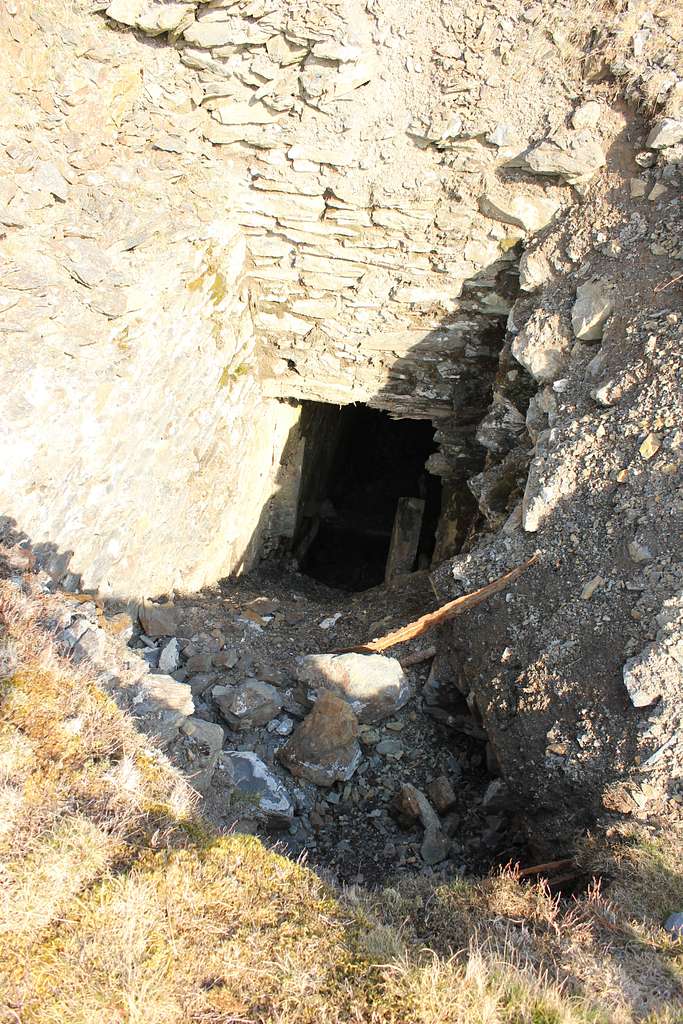| Year | Activity |
|---|---|
| 1879 | Probably no working before this date. Group of businessmen from Liverpool form company with capital of £8,000. |
| 1880 | Cross cut driven 80 fm to a good lode bearing 2 tons of lead ore per fathom. South Cambrian dressing floor used initially. |
| 1884 | 40ft water wheel for pumping and drawing installed near the river. Several levels driven on the lode, with lead or continuous for 200fm on the 67 fm level. |
| 1912 | Mine closed. Up until this point, the mine had been very productive: 4952 tons of lead ore, 8116 tons of blende, but ore prices were very poor for the entirety of the mine’s lifetime. |
The mine was remote making it a necessity for the miners to barrack for a week, 2 to 3 to a bed whilst working shifts.
GCR: Post-orogenic (A1) lead-zinc-copper mineralization in Central Wales
Publications (21)
- (1922); BGS - Mineral Resources of GB (c1920s) Vol XX - Lead and Zinc: Cardiganshire & West Montogmeryshire; 242 pages
- (1981); WMS Newsletter Issue 03, June ; 4 pages
- (1989); CATMHS - Newsletter 024-August; 32 pages
- (1989); WMS Newsletter Issue 20 Jun; 4 pages
- (2000); WMS Newsletter Issue 42 Apr; 8 pages
- (2001); WMS Newsletter Issue 45 Dec; 14 pages
- (2006); WMS Newsletter Issue 55 Autumn; 40 pages
- (2007); WMS Newsletter Issue 57 Autumn; 40 pages
- Bick, D.E. (1991); Old Metal Mines of Mid-Wales, The; North of Goginan - Part 3; pp. 51-52
- Edited by D. J. Linton (2012); Welsh Mines & Mining - Towards a Better Understanding - New Research on Old Mines; 152 pages
- Foster-Smith, J.R.; NMRS (1979); British Mining 12 - Mines of Cardiganshire, The; ISBN 0 901450 14 6; pp.47,53.
- Hughes, S & Fellows, R; Bryn y Afr Maps & Surveys; 1 pages
- Hughes, S.J.S.; NMRS (1990); British Mining 40 - Darren Mines, The; ISBN 0901450 36 7; pp.7.
- Hughes, Simon J.S. (1976); Cardiganshire - Its Mines and Miners; 52 pages
- Hughes, Simon J.S. (1981); Bwlchglas Mine; 22 pages
- Hughes, Simon J.S. (1988); UK Journal of Mines & Minerals No 5 - Decline of Mining in Mid Wales and Prospects of Revival, The; 10 pages
- JNCC (2010); Mineralization of England and Wales; pp. 303-306
- NMRS; British Mining 100 - Memoirs 2015; pp.61-64.
- NMRS; British Mining 80 - Memoirs 2006; pp.67-70.
- NMRS; Memoirs 1967; pp.15.
- Welsh Mines Society (Aut 2006); Newsletter 55






